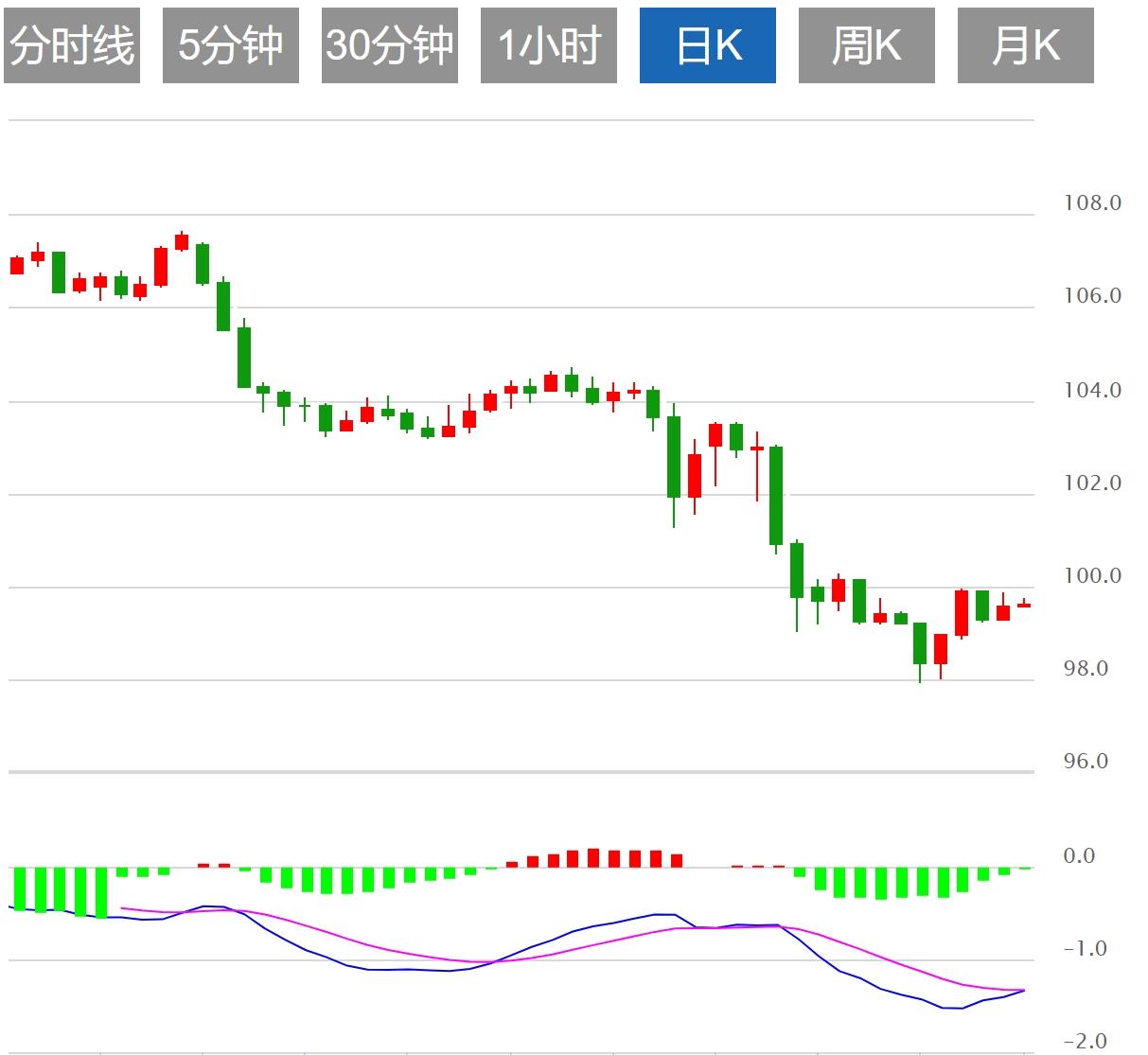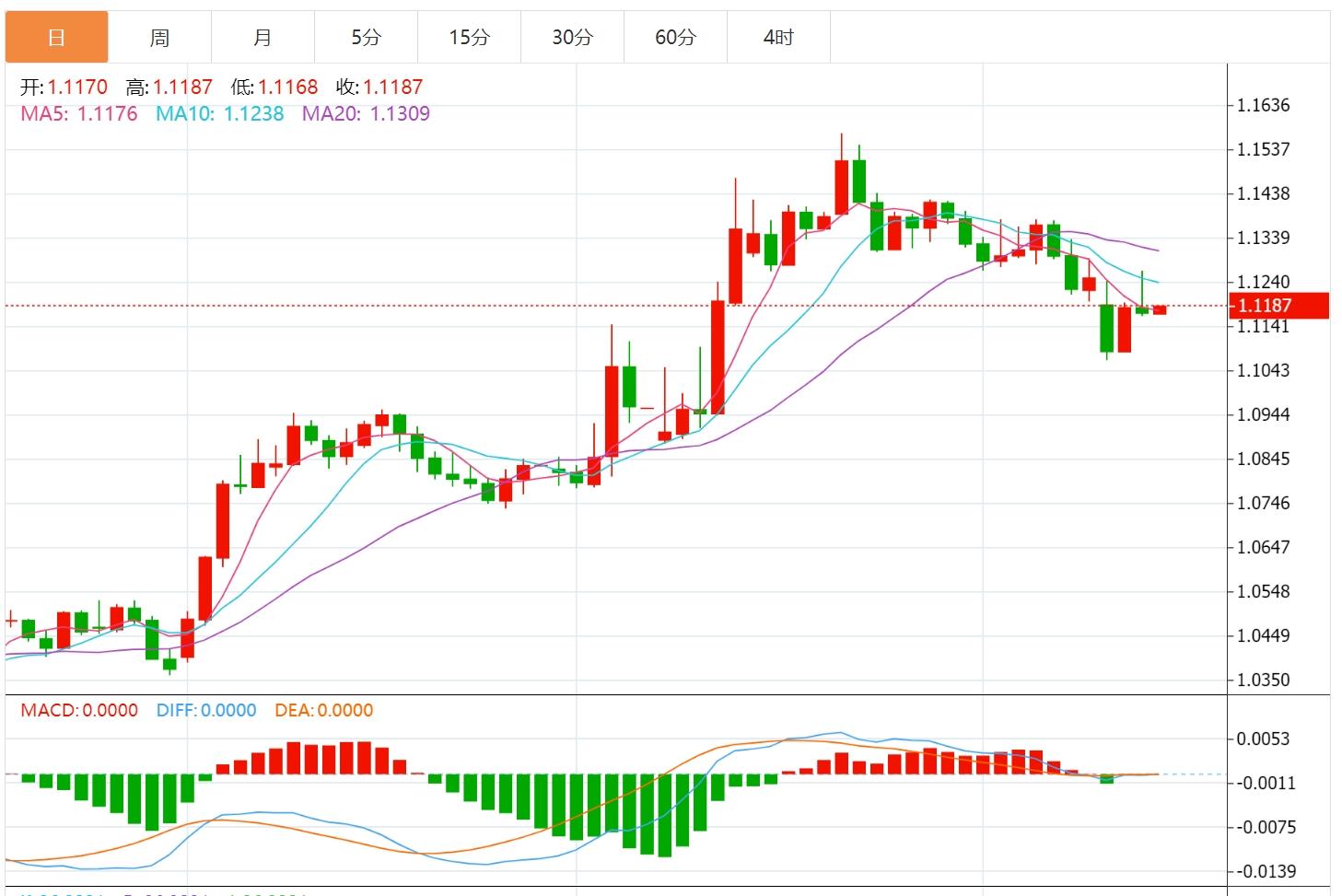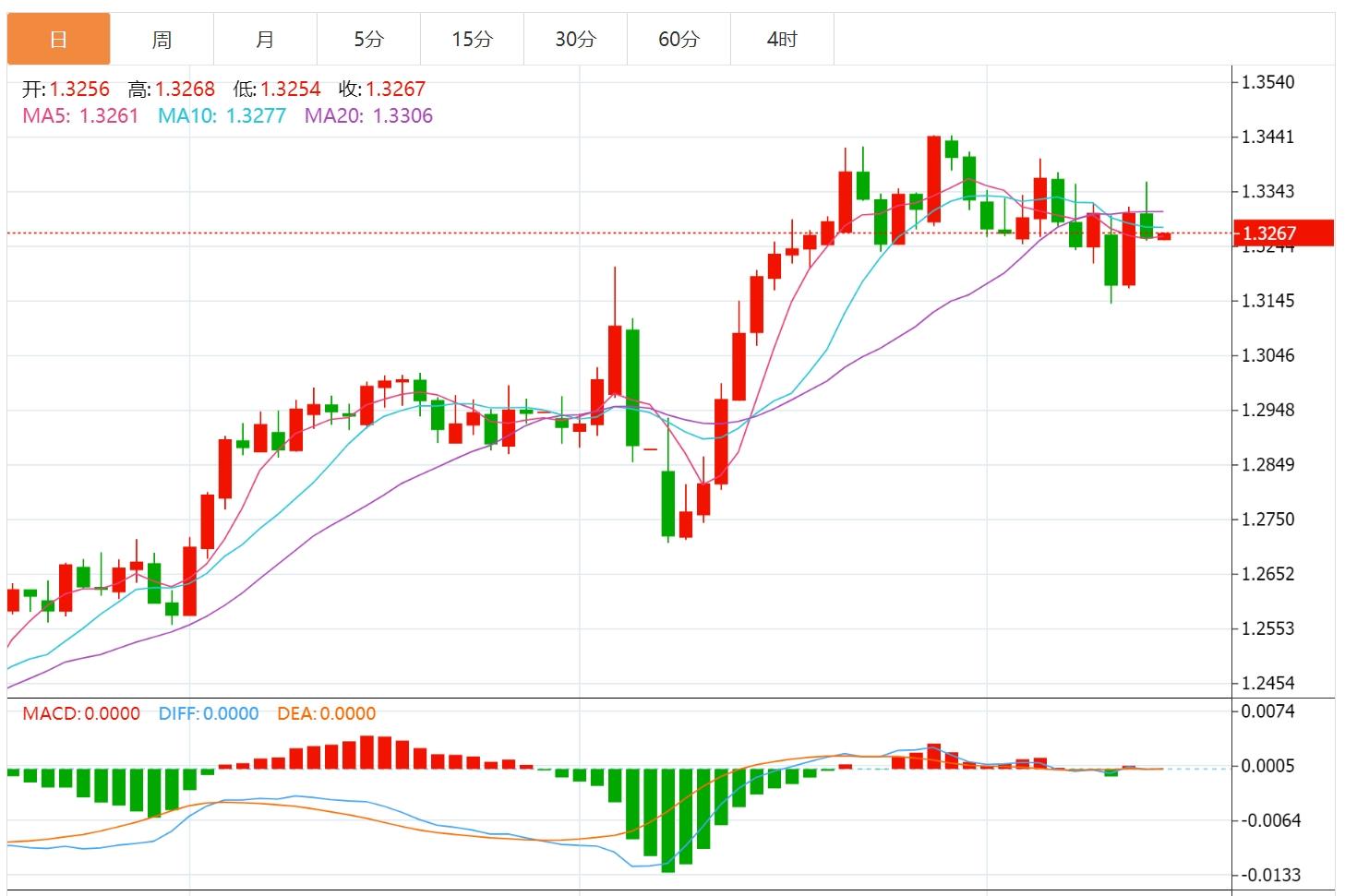Wonderful introduction:
Walk out of the thorns, there is a bright road covered with flowers; when you reach the top of the mountain, you will see the cloudy mountain scenery like green clouds. In this world, a star falls and cannot dim the starry sky, a flower withers and cannot desolate the whole spring.
Hello everyone, today XM Forex will bring you "[XM Group]: The US dollar index hovers below 101, and the market is paying attention to "terrorist data". Hope it will be helpful to you! The original content is as follows:
On Thursday, the US dollar index hovered near below 101. This trading day, the US April PPI data and monthly retail sales rate will be released, commonly known as "terror data", and investors need to pay attention to it. In addition, investors need to continue to pay attention to the speeches of Federal Reserve officials and changes in the Fed's expectations for interest rate cuts; in addition, investors need to pay attention to Trump's trip to the Middle East and the ceasefire negotiations between Russia and Ukraine in Turkey, and pay attention to changes in market risk aversion sentiment.
United States dollar: As of press time, the US dollar index hovered around 100.92, down 0.14% during the day. The U.S. dollar index (DXY) tracks the performance of the U.S. dollar (USD) against six major currencies, and fell to the 100 mark on Wednesday at around 100.60. The decline comes after U.S. inflation data fell below expectations and confirmation of U.S. and South Korea's negotiations on currencies, Bloomberg reported. The US dollar is at a disadvantage in the face of most major Asian currencies. Technically, on the upside, 101.90 is the first big resistance level to face again, as it already serves as a key level during December 2023 and as the basis for the inverted head and shoulders (H&S) pattern in the summer of 2024. If the dollar long pushes DXY higher, the 55-day simple moving average (SMA) will work at 102.29. On the other hand, the previous resistance level 100.22 is now a solid support, followed by 97.73, close to the 2025 low. Further down, technical support is relatively thin at 96.94, followed by 95.25 and 94.56, meaning new lows not seen since 2022.



According to people familiar with the matter, U.S. officials who are negotiating global trade agreements have not tried to include exchange rate policy commitments in terms of the agreement. The foreign exchange market is fluctuating violently due to concerns that the Trump administration intends to push the dollar to depreciate or use trade negotiations to achieve the goal. The South Korean won't be in exchange for the dollar on Wednesday The yen also strengthened, and the NTD rose earlier this month hit a decades high. The person said that U.S. Treasury Secretary Bescent Bescent is the only member of Trump's economic team in charge of exchange rate affairs and did not authorize other officials to negotiate exchange rate policy with trading partners. The negotiations will only take place when he personally participates.
The economic advisory group of Japanese Prime Minister Shigeru Ishiba proposed a five-year plan, proposing to invest $400 billion to increase productivity of small enterprises, a key link in the Japanese government's pursuit of wage growth far exceeding inflation. Small and medium-sized enterprises employ 70% of Japan's labor force and have been working hard to raise wages because they have made more profits in wages than large enterprises. The goal set by this five-year plan is to stably achieve the goal of real wage increases of 1% higher than inflation. Specific measures include 60 trillion yen (US$407.86 billion) in the public and private sectors over the next five years to allow SMEs to digitally or automatically operate, and strengthen support to facilitate mergers and acquisitions.
Penson Macro chief British economist Robert Wood said that as the job market gradually weakens, the Bank of England may cut interest rates twice this year. Data released this week show that the UK's unemployment rate is rising, but is slower than sharply, while wage growth is slowing. The Bank of England's policy committee can relax interest rates. Still, there are signs that some potential factors are keeping wages growing rapidly and preventing inflation from reaching the central bank's 2% target. This means the Bank of England is unlikely to cut interest rates continuously, but after the rate cuts in February and May, there is room for two more interest rates this year.
British Prime Minister Stamer will hold "last-minute talks" with EU leaders in Albania this week to finalize the restart of bilateral relations after Brexit. At present, the debate between the two sides on details has entered a critical stage. Less than a week before the EU-UK summit in London on May 19, and the two sides are still discussing fisheries, youth mobility, student access and a new agricultural products trade deal, according to people familiar with the negotiations. Starmer will attend the European Political Community Summit in Tirana, Albania, on Friday, and British officials are expected to use the opportunity to finalize the final communiqué for next week's EU summit. OneEU officials said: "Stumer needs to hold some bilateral talks in Tirana to resolve this issue."
Strategists led by JPMorgan Chase Jay Barry raised their expectations for the 10-year U.S. Treasury yield at the end of 2025 to 4.35%, compared with 4% previously. The year-end two-year yield forecast was raised to 3.5%, compared with 3% previously. The tariff frictions triggered by US President Trump have eased, which is beneficial to the growth rate of the US economy and the Federal Reserve may postpone interest rate cuts. Earlier, JPMorgan Chase economists have pushed expectations of the Fed's rate cut from September to December.
MonexEurope analyst Nick Rees said that the importance of the euro as a reserve currency may increase in the next few years, but it may remain the second best option after the US dollar. He said Trump's antics weakened the dollar's appeal, but any move toward the euro would be trivial. This is not the end of the US dollar as the world's major reserve currency. The U.S. economy is larger than the euro zone and has a higher degree of integration, and the European government bond market is far from a perfect alternative to U.S. Treasury bonds. Compared with the US government, the EU is "as an administrative system, it is more abnormal in system." Furthermore, the division of the euro zone remains a topic of occasional debate.
Mitsubishi UF analyst Derek Halpenny said in a report that the US dollar is unlikely to lose its position as a world reserve currency in the short term. "Of course there are examples of the long-term depreciation of the US dollar, but this does not necessarily mean that the dollar's reserve currency status is losing." However, he said that the proportion of the US dollar in foreign exchange reserves may continue to decline gradually in the future. The depreciation of the dollar and the intervention of central banks in Asia to reduce buying of the dollar due to U.S. opposition strengthens this prospect. The dollar still has enough room to depreciate without thinking its reserve currency status will be threatened.
The above content is all about "[XM Group]: The US dollar index hovers below 101, and the market is paying attention to "horror data"". It is carefully compiled and edited by the editor of XM Forex. I hope it will be helpful to your trading! Thanks for the support!
Spring, summer, autumn and winter, every season is a beautiful scenery, and it stays in my heart forever. Leave~~~